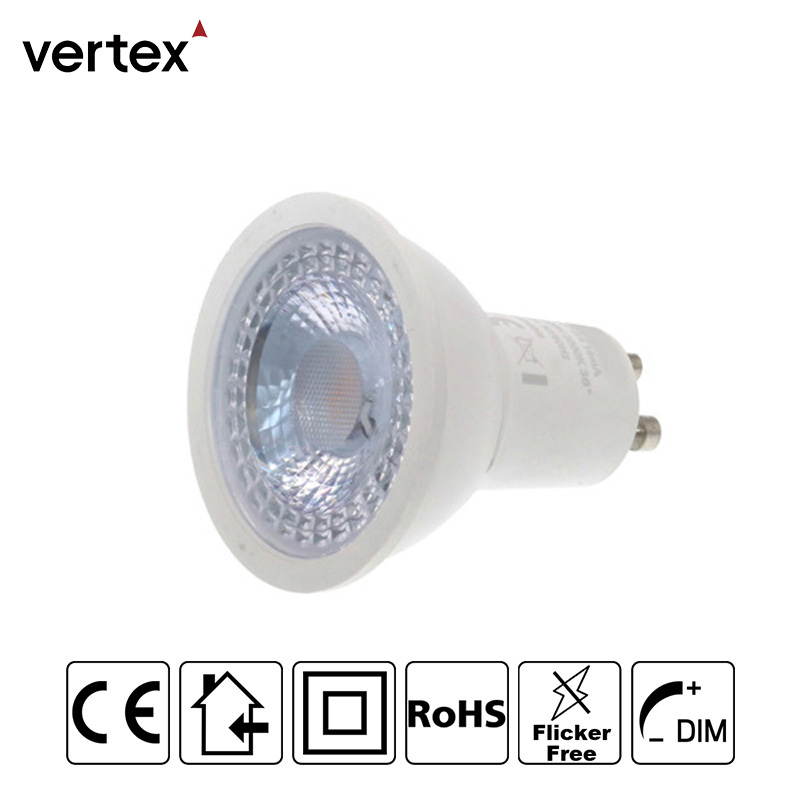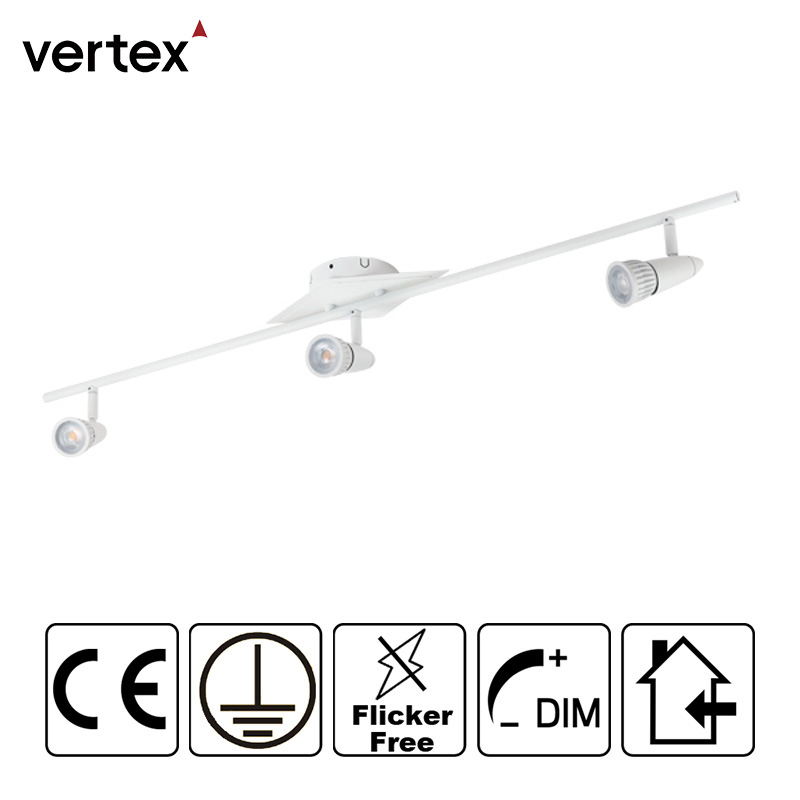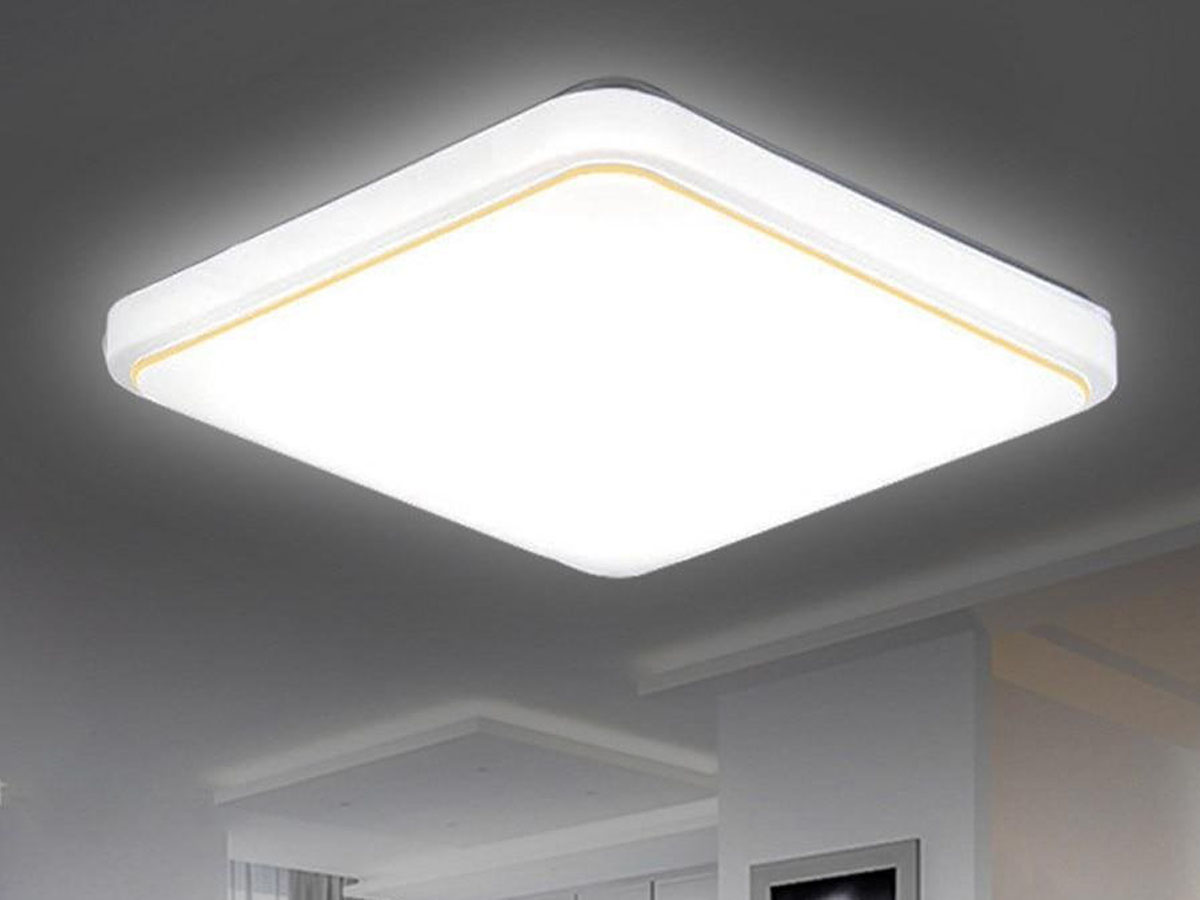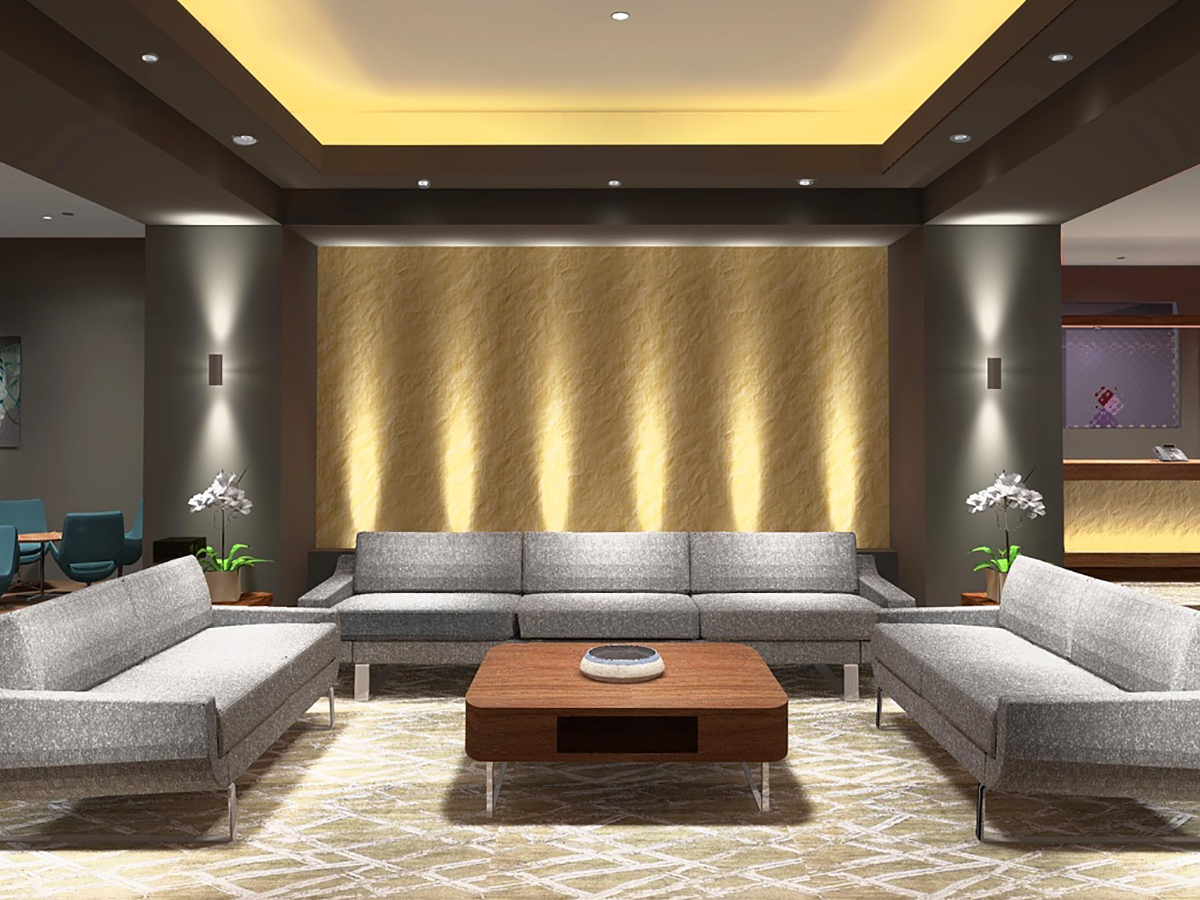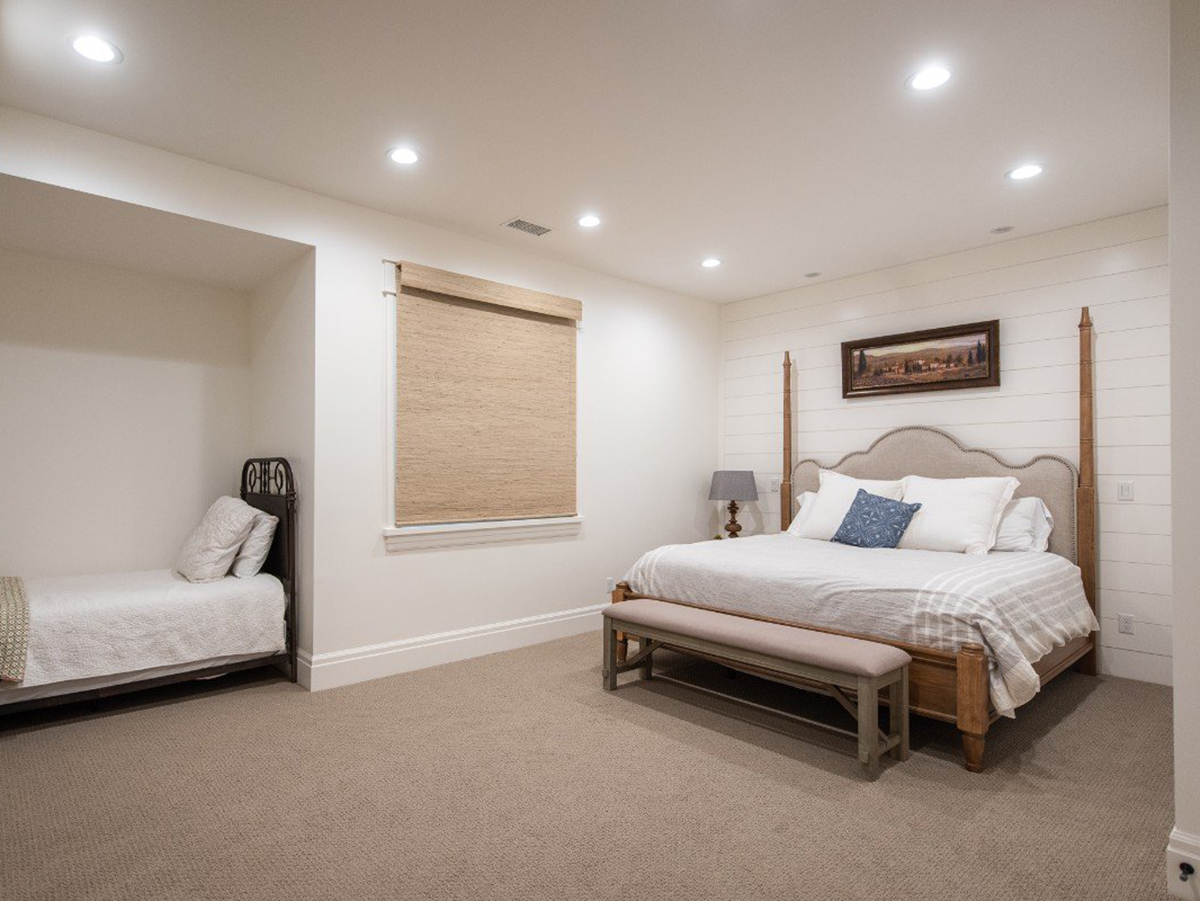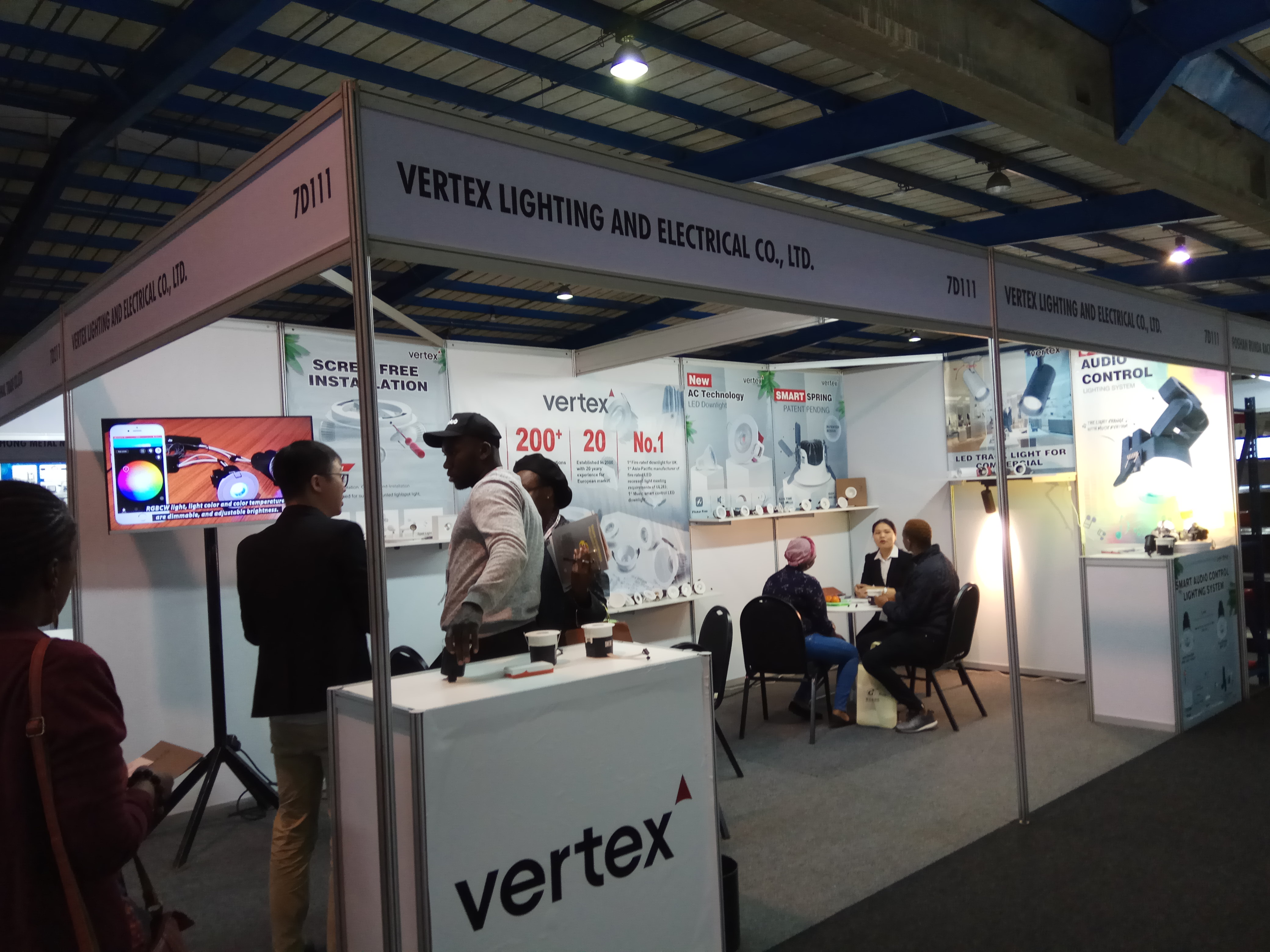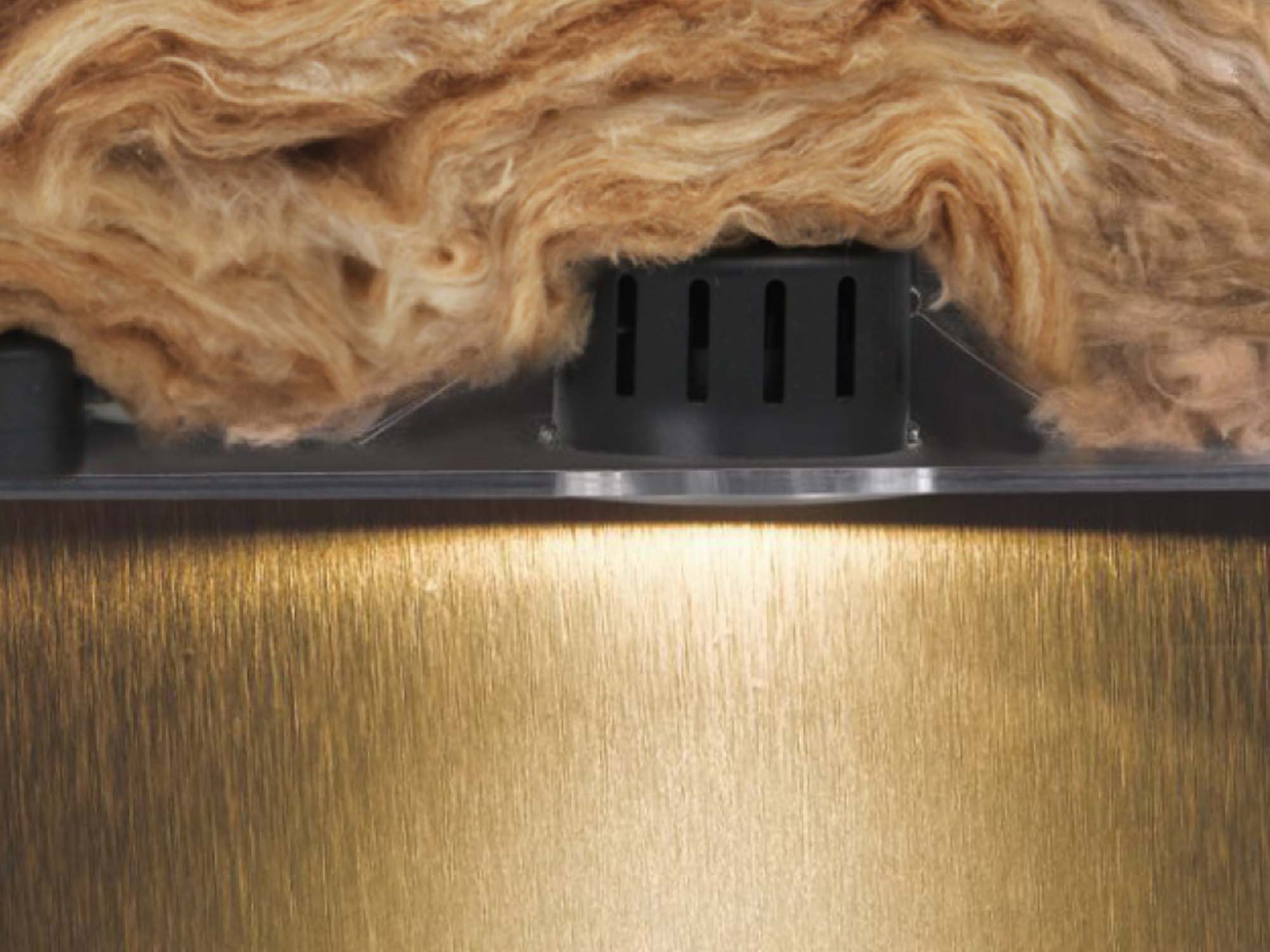Vad är LED-strålkastare?
LED-strålkastare är armaturer designade för att avge en bred ljusstråle över ett stort område, som liknar naturligt dagsljus. Dessa armaturer har ofta en bred strålvinkel (90 till 120 grader eller mer), vilket gör att de kan belysa stora ytor utomhus. Ursprungligen användes för säkerhetsbelysning och utomhussportarenor, LED-strålkastare har nu hittat tillämpningar i arkitektonisk belysning, landskapsbelysning och även inomhusmiljöer där bred täckning önskas.Egenskaper för LED-strålkastare
Vidstrålningsvinkel: LED-strålkastare är kända för sin höga lumeneffekt, vilket ger tillräckligt med ljusstyrka för att effektivt belysa utomhusutrymmen. Detta gör dem idealiska för applikationer som kräver hög synlighet och säkerhet, såsom parkeringsplatser, arenor och byggnadsfasader.Hög ljusstyrka: LED-strålkastare är kända för sin höga lumeneffekt, som ger gott om ljusstyrka för att belysa utomhusområden effektivt. Detta gör dem lämpliga för applikationer där synlighet och säkerhet är av största vikt, såsom parkeringsplatser, arenor och byggnadsfasader.
Väderbeständighet: På grund av sin utomhusanvändning är LED-strålkastare ofta designade för att klara hårda väderförhållanden, inklusive regn, snö och extrema temperaturer. De är gjorda av tuffa material och har inträngningsskydd (IP) klassificeringar för att säkerställa deras livslängd och pålitlighet i tuffa utomhusförhållanden.
Mångsidighet: Även om de ofta används för utomhusbelysning, kan LED-strålkastare också användas inomhus för specifika applikationer, såsom accentbelysning i stora rum eller lager. Deras anpassningsförmåga gör dem till ett attraktivt alternativ för en mängd olika belysningsprojekt.
Vad är LED-spotlights?
I motsats till strålkastare avger LED-strålkastare en koncentrerad ljusstråle som belyser ett specifikt mål eller område med precision. Dessa armaturer kännetecknas av sina smala strålvinklar, som vanligtvis sträcker sig mellan 15 och 45 grader, vilket ger fokuserad belysning över ett specifikt område. LED-spotlights är gynnade för att framhäva arkitektoniska särdrag, konstverk, skyltar och andra fokuspunkter både inomhus och utomhus.Egenskaper för LED-spotlights
Fokuserad stråle: Den primära egenskapen hos LED-spotlights är deras förmåga att rikta ljus exakt mot ett specifikt objekt eller område. Denna fokuserade stråle säkerställer förbättrad synlighet och accentuering av det upplysta motivet, vilket gör spotlights idealiska för att framhäva fokuspunkter eller skapa dramatiska effekter.Justerbarhet: LED-strålkastare kommer ofta med justerbara funktioner, såsom vridbara fästen eller lutande huvuden, så att användarna kan styra ljusstrålens riktning och vinkel. Denna justerbarhet ökar mångsidigheten när det gäller att rikta ljuset exakt dit det behövs och anpassa sig till ändrade ljuskrav.
Hög intensitet: Även om LED-strålkastare kanske inte har samma breda täckning som strålkastare, kompenserar de med högre intensitet i sin fokuserade stråle. Detta gör dem idealiska för applikationer där det är viktigt att framhäva specifika element eller skapa visuell påverkan.
Energieffektivitet: Liksom andra LED-armaturer är LED-spotlights kända för sin energieffektivitet, de förbrukar mindre ström jämfört med traditionella ljuskällor samtidigt som de levererar likvärdig eller överlägsen ljusstyrka. Detta minskar inte bara energikostnaderna utan bidrar också till miljömässig hållbarhet.
Särskiljande faktorer
Medan LED-strålkastare och LED-strålkastare är baserade på samma LED-teknik, skiljer de sig markant när det gäller drift, applikationer och prestanda. Att förstå dessa distinktioner är avgörande för att välja lämplig belysningslösning baserat på specifika projektkrav.Strålvinkel och täckning
Den mest uppenbara skillnaden mellan LED-strålkastare och LED-strålkastare ligger i deras strålvinklar och täckningsegenskaper. LED-strålkastare avger en bred ljusstråle, vanligtvis över 90 grader eller mer, vilket ger bred täckning över stora ytor. LED-strålkastare, å andra sidan, avger en smal stråle som spänner från 15 till 45 grader, och fokuserar ljusintensiteten på ett specifikt objekt eller område samtidigt som de undviker spridning till angränsande platser.Ansökan
Variationen i strålvinklar påverkar direkt de applikationer som lämpar sig för LED-strålkastare och LED-strålkastare. LED-strålkastare används ofta i utomhusområden som kräver bred täckning och hög synlighet, såsom parkeringsplatser, sportarenor och byggnadsfasader. Deras förmåga att jämnt belysa vidsträckta områden gör dem idealiska för säkerhetsbelysning, arkitektonisk belysning och landskapsbelysning.Å andra sidan utmärker LED-spotlights sig när det gäller att framhäva specifika egenskaper eller intressanta platser, både inomhus och utomhus. Deras fokuserade stråle möjliggör exakt accentuering av arkitektoniska element, konstverk, skulpturer, skyltar och butiksutställningar. LED-spotlights gynnas för att skapa fokuspunkter, öka det visuella intresset och lägga till atmosfär i bostäder, kommersiella och hotellmiljöer.
Ljuseffekter
En annan utmärkande faktor mellan LED-strålkastare och LED-strålkastare är deras förmåga att skapa distinkta ljuseffekter. LED-strålkastare ger enhetlig belysning över breda områden, vilket bidrar till omgivande belysning och övergripande synlighet. Även om de kanske inte ger utarbetade ljuseffekter, ger de kontinuerlig ljusstyrka och täckning, vilket gör dem utmärkta för allmänna belysningstillämpningar.Däremot erbjuder LED-spotlights mångsidighet när det gäller att skapa dynamiska ljuseffekter genom fokuserade strålar och justerbara funktioner. Genom att exakt rikta ljus mot specifika föremål eller ytor kan spotlights skapa dramatiska högdagrar, skuggor och visuella kontraster, vilket ger djup och dimension till upplysta utrymmen. Denna kapacitet är särskilt användbar i arkitektonisk belysning, kreativa utställningar och butiker där estetik spelar en viktig roll.

